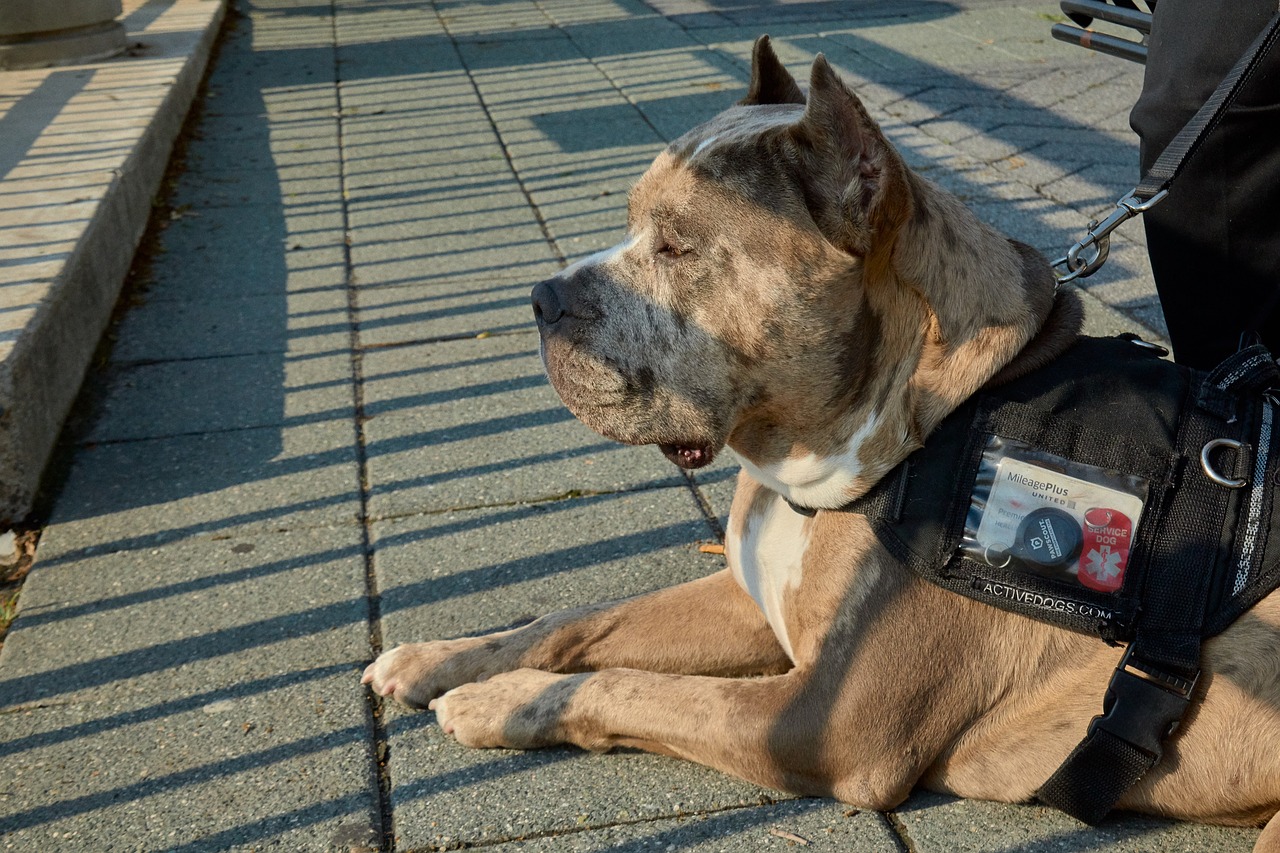Ares: The Olympian God of War
Ares, recognized as the powerful Olympian deity presiding over war, embodies the notions of battle fervor, bravery, and societal order. In ancient Greek art, representations of Ares typically highlight him as either a seasoned, bearded warrior equipped for combat or a youthful figure without a beard, adorned only with armor and weaponry.
Myths Surrounding Ares
Ares is famously entangled in various myths, most notably his scandalous romance with the goddess Aphrodite. Their affair was revealed by her husband, Hephaistos, who ensnared them in a golden net, displaying them starkly before their fellow gods. Furthermore, when Aphrodite fell for the handsome mortal Adonis, Ares, consumed by jealousy, turned into a wild boar and killed him during a hunting trip.
Among his other notable acts, Ares transformed his daughter Harmonia, along with her spouse Kadmos of Thebes, into serpents, whisking them away to a paradisiacal realm. He also avenged the assault on his daughter Alkippe by slaying Hallirhothios. Although he faced trial for murder in Athens’ Areiopagos, he was ultimately acquitted. Ares captured the sinner Sisyphos, who had dared to subdue Thanatos, the god of death.
In the saga of the Trojan War, Ares sides with the Trojans but is wounded by Greek hero Diomedes, causing him great humiliation and a hasty retreat to Olympus. Ares also marked his involvement in the wars fought by his daughters, the Amazons, with Penthesileia being one of the most notable figures who bravely participated in the Trojan War.
During other conflicts, such as the siege by the Aloadai giants, Ares was captured and kept in confinement until Hermes intervened. Various other minor tales complete the diverse fabric of Ares’ mythology.
Symbols and Attributes of Ares
Ares is commonly associated with his distinctive peaked helmet, consistently depicted whether in combat situations or during divine gatherings. Other symbols characteristically associated with him include a spear, a shield, and sometimes a sheathed sword — though artists often opted for generic designs rather than unique representations.
Typically, Ares is illustrated in the attire of a Greek warrior, commonly seen in a short tunic, breastplate, helmet, and greaves. Sometimes, he is shown nude but for his helmet and shield, making it challenging for artists to distinctly characterize him among other warrior figures.
Sacred Animals
The serpent is Ares’ sacred creature. He is also linked with certain avian species such as vultures and specific owls, which were regarded as ominous symbols of conflict and misfortune. Notably, Ares is associated with formidable creatures like the Colchian Dragon, which he commanded to guard the fabled Golden Fleece, and the Ismenian Dragon, a massive serpent guarding his sacred spring near Thebes.
Family of Ares
Ares is the offspring of Zeus and Hera, featuring alongside demi-gods and legendary figures like Athena, Aphrodite, Hermes, and Hephaistos among his siblings. His union with Aphrodite produced notable children: Deimos (fear), Phobos (terror), and Harmonia (harmony). Harmonia’s daughter, Semele, would go on to be the mother of the god Dionysos.
Ares also fathered numerous mortal children, many of whom inherited his belligerent nature and found themselves portrayed as antagonists in mythological tales.
Ares in Classical Literature
Represented in classical narratives, Ares often contrasts with other war-related deities, notably Athena, who symbolizes strategy and protective wisdom during wartime. Unlike Athena, Ares epitomizes sheer force and chaos, reveling in destruction and the brutality of conflict. Various texts describe him as a figure reveling in bloodshed and tumult, and he is often portrayed surrounded by war’s dreadful manifestations.
Despite his formidable prowess, Ares frequently faces defeat in encounters with superior forces, often returning to Olympus in a state of disgrace. He possesses an often tumultuous relationship with other gods, facing scorn from even his parents due to his violent disposition.
Worship of Ares
While Ares held a significant role in various locales, notably Thrace and Scythia, his worship was less prevalent in Greece, where temples and festivals dedicated to him were astonishingly rare. Areas like Athens and Laconia featured a few dedicated spaces and ceremonies, where offerings were made in the hopes of winning the favor of the war god.
Conclusion
Ares remains one of Greek mythology’s most complex figures, embodying both the ferocity of warfare and the personal turmoil that often accompanies violent existences. His stories weave through themes of love, vengeance, and loyalty, showing how he reflects the ancient world’s ambivalence towards the nature of conflict.



